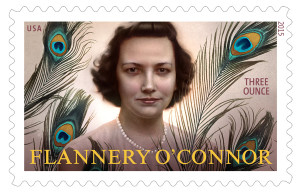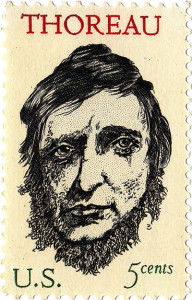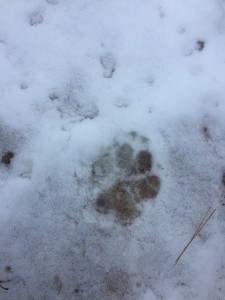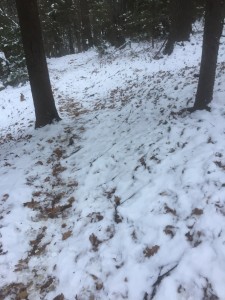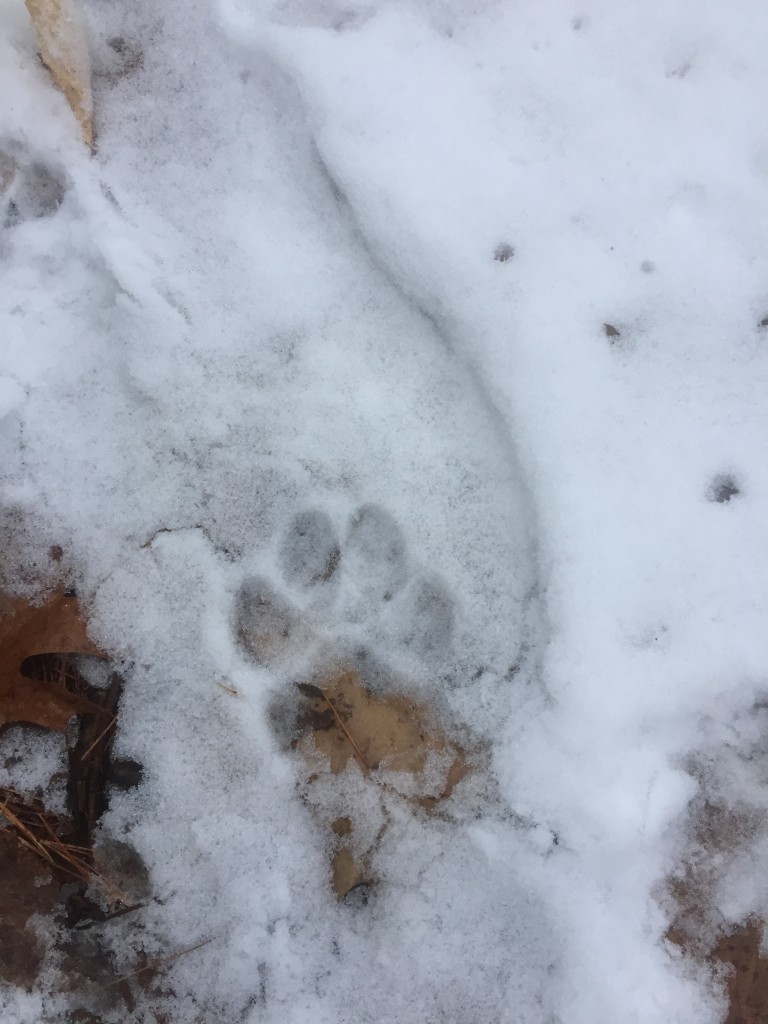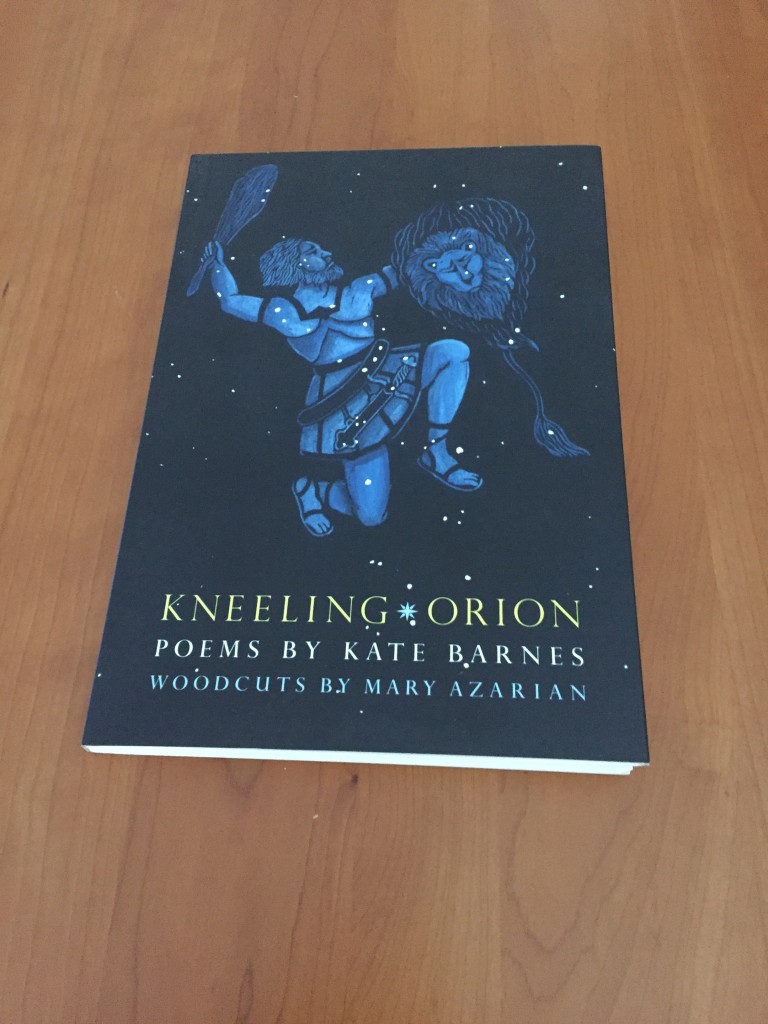By Corinne H. Smith
“For my part, I could easily do without the post-office. I think that there are very few important communications made through it. To speak critically, I never received more than one or two letters in my life — I wrote this some years ago — that were worth the postage.” ~ Henry Thoreau, “Where I Lived, and What I Lived For,” Walden
Just before Thanksgiving, the United States Postal Service unveiled the slate of new Forever stamps that will be released in 2017. Thoreau fans were delighted to discover that the post office had remembered to honor Henry’s upcoming 200th birthday. Sometime next year, we’ll be able to put his face on our envelopes once again.
This view of Henry was created by accomplished illustrator and artist Sam Weber. Weber was born in Alaska and grew up in rural Ontario. He holds an MFA from the School of Visual Arts and now works in New York City. Among his many past projects are cover illustrations for the books Mr. Mercedes by Stephen King and Norse Mythology by Neil Gaiman, as well as several covers of National Geographic issues. How did he come to land the chance to create a new look for Henry Thoreau?
“That’s a good question, although to be honest, I’m not entirely sure how this opportunity came my way,” he admits. Weber suspects he was already on the USPS radar because of his previous work for the office: the painting for a special 93-cent stamp of American author Flannery O’Connor, released in June 2015. He got the Thoreau assignment sometime afterward.
When Weber looked for a photographic reference of Henry Thoreau, he decided to use the popular 1856 Maxham daguerreotype as a guide. He finished the painting this past spring.
Those of us of a certain age remember the last time Henry Thoreau was so honored. It was back in 1967, when he turned 150. The artwork was created by American multi-genre artist Leonard Baskin, who drew it in one of his familiar styles. A lot of Thoreauvians didn’t think the image did Henry any favors. Sam Weber disagrees. “I love the Leonard Baskin stamp,” he says. “It has so much personality and character. Baskin’s visual sensibilities are quite different from mine, but I am a big admirer of his work.”
Weber had not been too familiar with Thoreau and his writings before he began work on this project. But he learned more about both as he went along. “I’ve come to truly admire his thoughts on the environment and on civil disobedience,” he says. Like this piece, many of the others in Weber’s portfolio are portraits. “Portraits have always interested me. I love that feeling of locking eyes with someone from the past through an image, painted or otherwise. In this way especially, I think this project resonated with my artistic voice.”
He continues, realizing how much Henry Thoreau means to a great number of people: “Historical portraits are always difficult, as my artistic abilities inevitably fall short in capturing the special quality individuals like this have on our hearts. I’m grateful for this unique opportunity, and I hope that I’ve done the man some justice.”
So far, we’ve heard only positive reactions to the new stamp. We can’t wait until we can see it and use it ourselves. USPS officials tell us that they have yet to solidify the date and location of the first-day-of-issue stamp dedication ceremony. Stay tuned for more details on this front, as we receive them. In the meantime: many thanks go out to them and to Sam Weber. This one will make letters truly worth the postage.
“There are two worlds — the post-office & Nature. I know them both.”
~ Henry Thoreau, Journal, January 3, 1853


